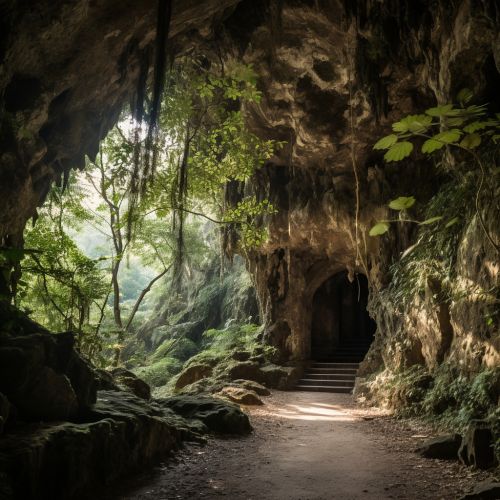History of the Philippines
Prehistoric Era
The prehistory of the Philippines covers the events prior to the written history of the area. The earliest known human remains in the Philippines are the Tabon Caves man, which date back to 67,000 years ago. These remains are among the oldest human remains known in the Asia-Pacific region.


The Negritos, an ethnic group who became the aboriginal inhabitants of the Philippines, are believed to have come to the islands 30,000 years ago from Borneo, Sumatra, and Malaya. The Malayans followed in successive waves. These people then became various ethnolinguistic groups, which are the ancestors of the modern Filipino people.
Classical Era
The Classical Era in the history of the Philippines is characterized by the emergence of the polities. These polities were influenced by Hindu and Buddhist cultures, which were brought by traders from the neighboring Asian states. The polities were typically coastal cities that were politically independent, known as barangays, and were ruled by a Datu.
Spanish Colonization
The Spanish colonization of the Philippines began in 1521 with the arrival of Ferdinand Magellan's expedition. The Spanish claimed the islands and named them "Las Islas Filipinas" after King Philip II of Spain. The Spanish rule lasted for more than 300 years, during which the Philippines was part of the Spanish East Indies.
American Period
The American period in the Philippines began in 1898, following the Spanish-American War, when Spain ceded the Philippines to the United States in the Treaty of Paris. The American rule brought significant changes in the political and social life of the Philippines. It was also during this period when the Philippines had its first taste of democratic governance.
World War II and Japanese Occupation
The Japanese occupation of the Philippines occurred during World War II. The Philippines was invaded by the Japanese forces in 1941 and was under Japanese rule from 1942 to 1945. The period was marked by severe hardship and atrocities by the Japanese military against Filipino civilians.
Post-War Era
The post-war era saw the Philippines gaining full independence from the United States on July 4, 1946. The country faced numerous challenges including post-war reconstruction, corruption, and socio-economic issues. This period also witnessed the declaration of martial law by President Ferdinand Marcos in 1972.
Contemporary Era
The contemporary era of the Philippines is marked by significant political, economic, and social changes. The People Power Revolution in 1986 led to the ousting of President Marcos and the restoration of democracy. The country has since been striving towards political stability and economic progress.
